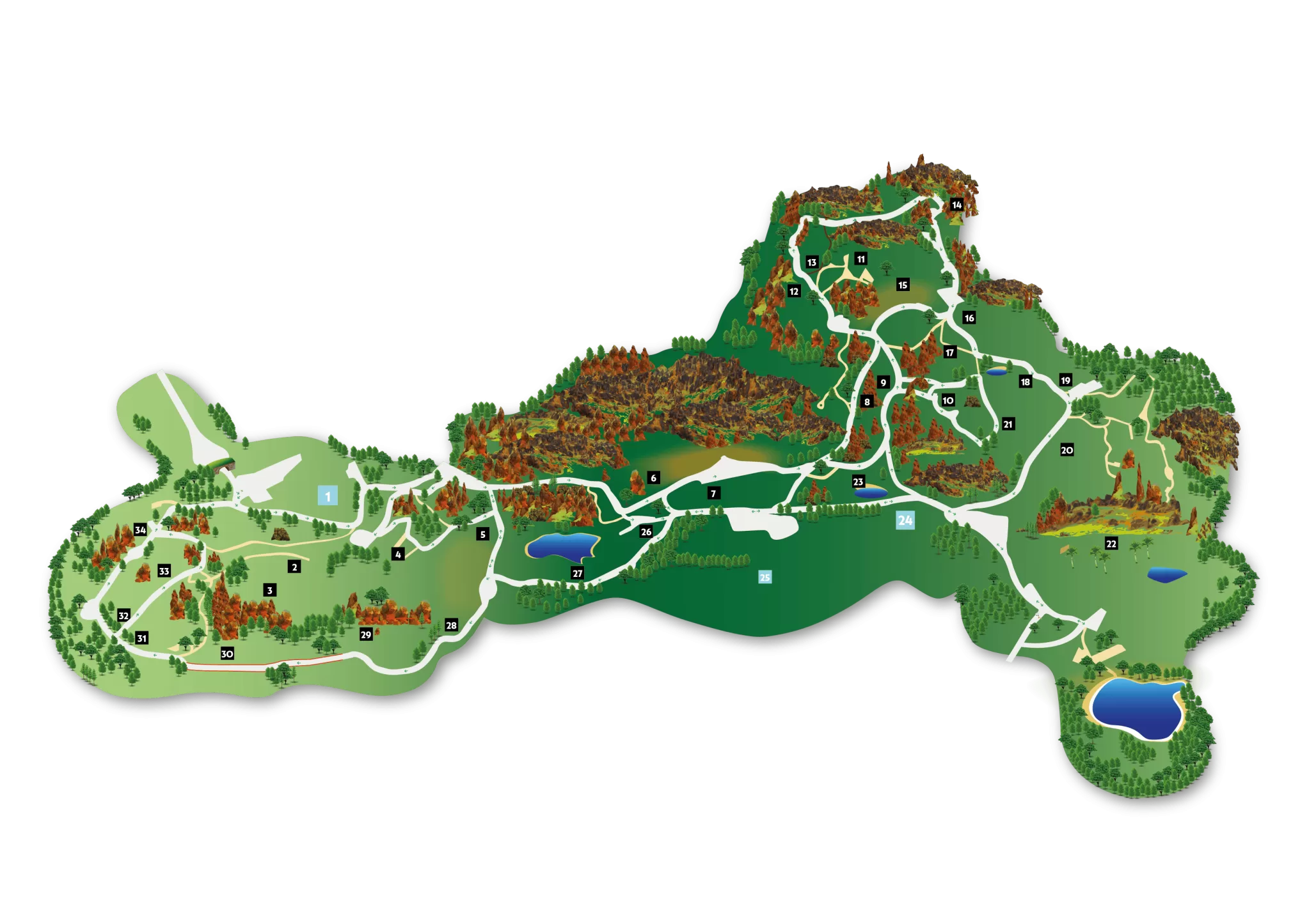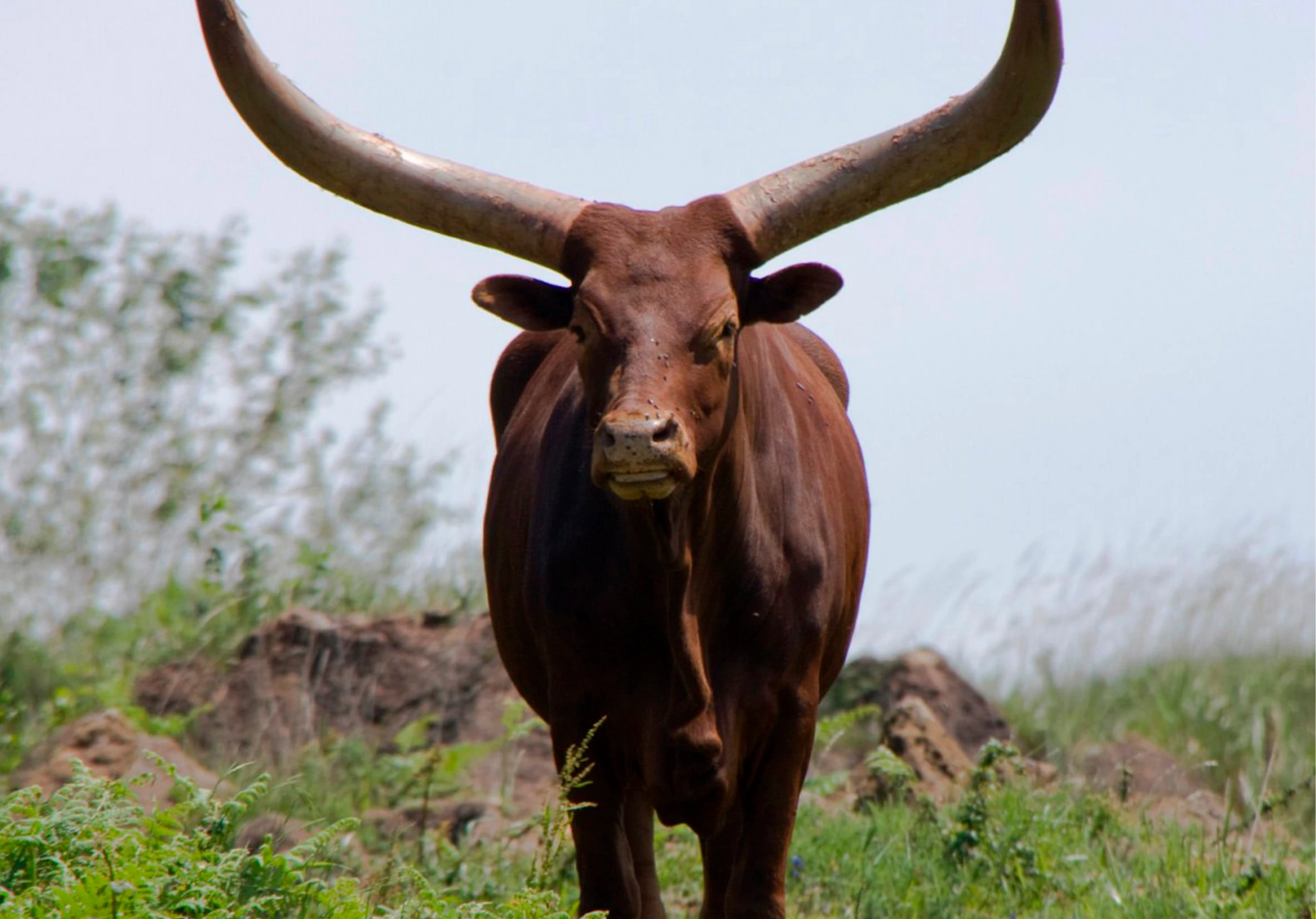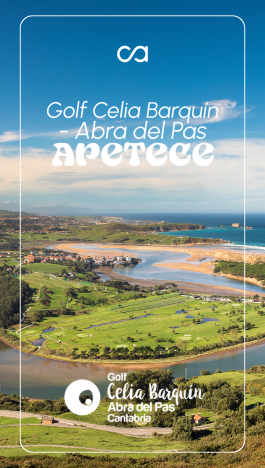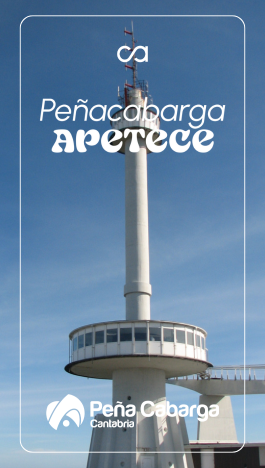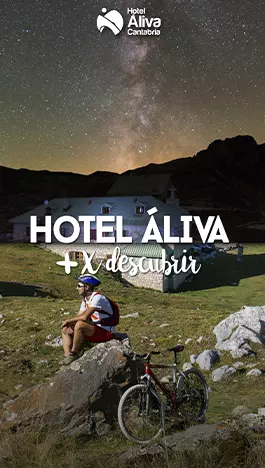
‘Watusi’ is the most common of a series of names given to several very similar cattle lines spread across East Africa. The cattle are named after the tribe that raises them, ‘Watusi’ for the Tutsi tribes of Rwanda.
Animals provide status for a man within the tribe, whose wealth is measured by the number and quality of the animals he possesses.
They are large African bovines related to our cows, although they are probably more closely related to the wild aurochs, extinct in Europe since the 17th century, and to Asian zebus.
Watusi live in semi-liberty, forming herds that are utilized by natives to obtain milk, meat, and leather from them. As livestock in Africa, they are irreplaceable, as attempts to acclimatize European species have failed due to their inability to adapt to the climate and due to tropical diseases.
Their spectacular horn span can reach up to 2 meters, giving these animals an image of power and and strength.

